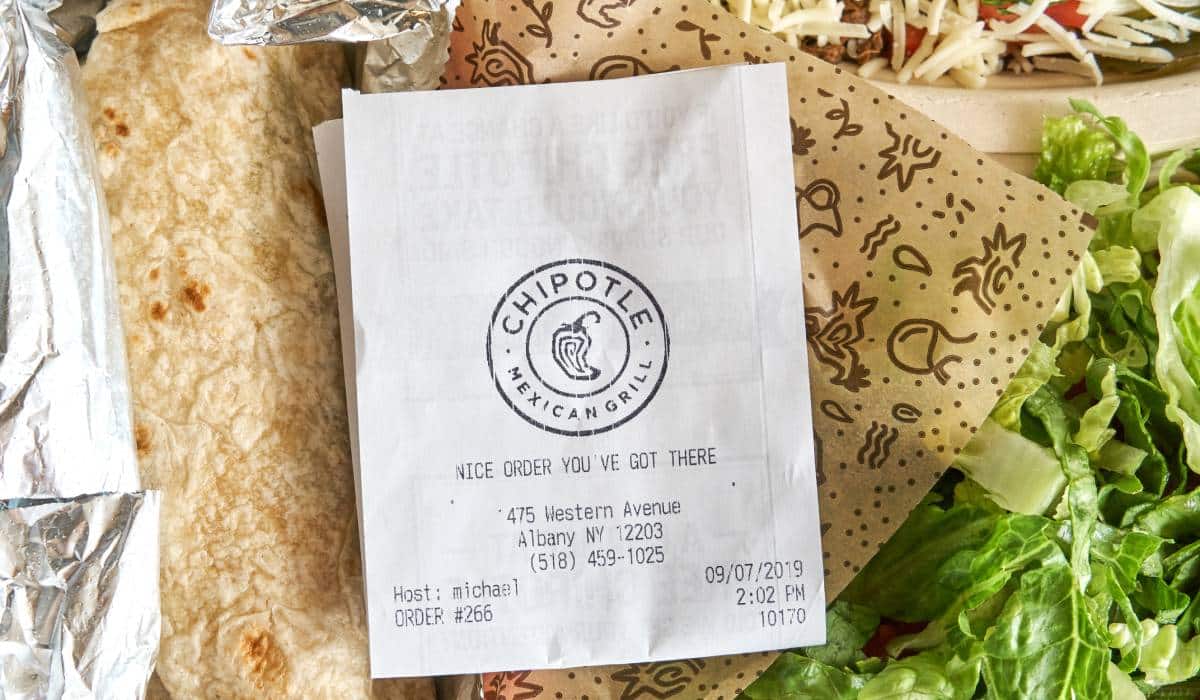Menu prices continue to grow as the industry grapples with rising commodity costs and labor shortages.
The index for food away from home rose 4.7 percent year-over-year in August and 0.4 percent versus July, according to the U.S. Bureau of Labor Statistics. Menu prices at quick-service establishments grew 6.9 percent compared to last year, while full-service meals lifted 4.9 percent.
Part of the inflation can be traced back to the battle over labor. A Blackbox Intelligence and Snagajob report found quick-service hourly wages 10 percent year-over-year in the second quarter, the highest growth seen in many years. Chipotle is one of the biggest examples of this trend. In May, the chain announced that it was boosting pay to an average of $15 per hour, and about a month later, leadership revealed it would raise prices 3.5 to 4 percent to cover the costs.
The troubling news for restaurants is that pay raises don’t appear to be alleviating the workforce crisis. The Bureau of Labor Statistics reported a record 10.9 million job openings at the end of July, up from 10.1 million in June. Much of that is represented by accommodation and food services. The industry also lost 41,500 jobs in August, its first decline since January. Many operators have suggested matters would improve once the weekly $300 boost to unemployment benefits came to an end in early September, but experts say there’s been marginal benefit in states that ended the program early.
Food cost inflation continues to be a concern, as well. Wingstop said in late July that bone-in wing prices on the spot market soared about 125 percent year-over-year, but the chain was able to leverage supplier partnerships to lower it to an effective 65 percent difference. The chain noted that it usually raises menu prices 1 to 2 percent, one to two times per year, but that’s expected to grow in both size and frequency. WNB Factory, a 62-unit chain that sells wings and burgers, has experienced a 35 to 40 percent increase in cost of wings, forcing the brand to take a slight price increase across all chicken items.
Recent developments have even pushed Domino’s to think deeply about its staple $5.99 Mix and Match and $7.99 Carryout deals.
“[The] $5.99 and $7.99 [deals] have continued to emerge from the many, many offers that we continue to test on a frequent basis, but what I will tell you is, if we find an offer or if the dynamics change that a different offer drives higher levels of profits for our franchisees, then we would move to that offer,” CEO Ritch Allison said in July.
However, results for some chains show customers are unfazed by the growth in menu prices. The 120-unit BurgerFi lifted prices roughly 4 percent at the end of Q2, but transactions have not changed compared to pre-pandemic levels. The same is true for WNB, according to COO and VP Robert Bales.
“We have actually seen very, very little, if any of that,” the executive noted.







